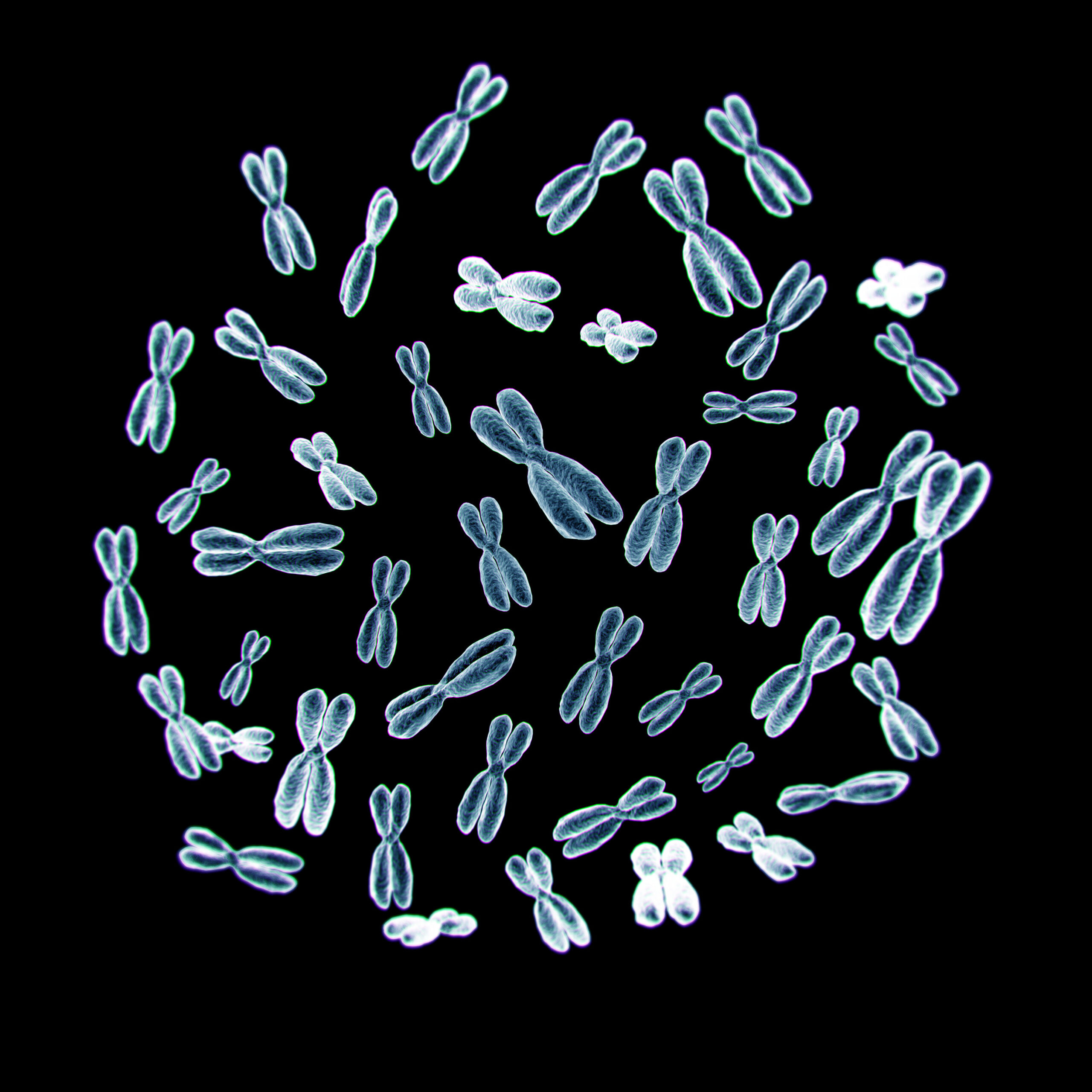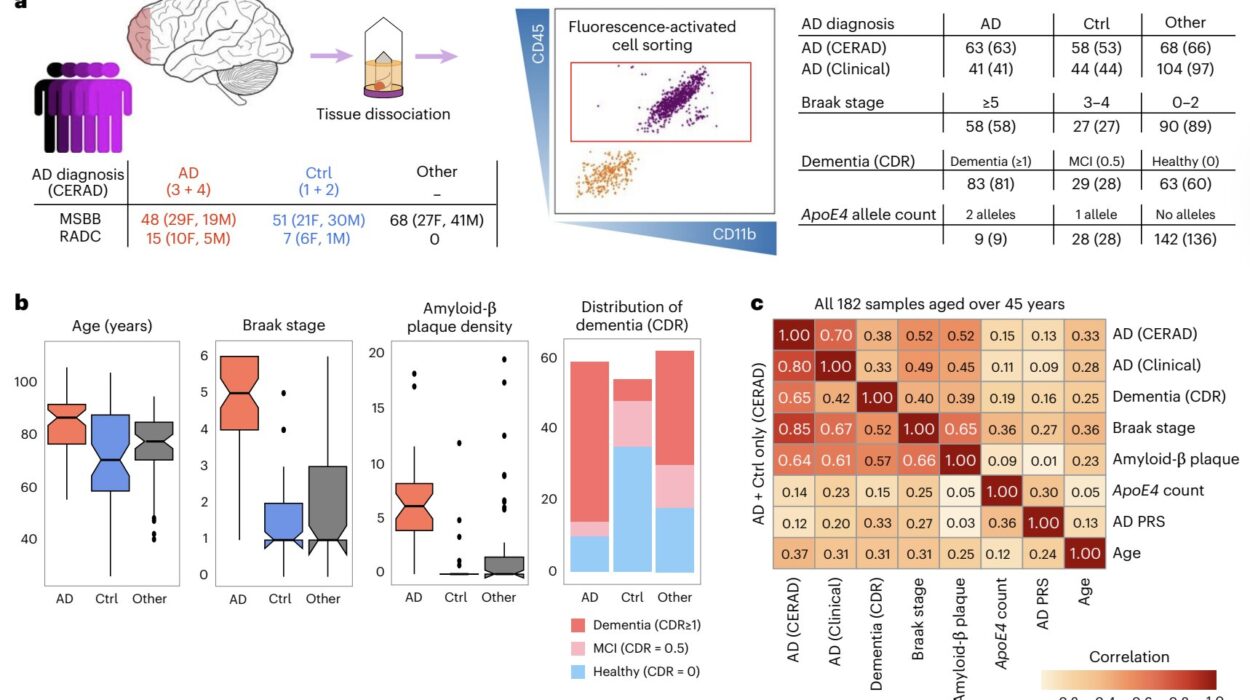In a groundbreaking study published in the journal Nature, an international team of researchers has made significant progress in understanding how gene expression is controlled across the human genome. The study’s main focus was on cis-regulatory elements (CREs), the DNA sequences that regulate the transcription of genes. These regulatory elements are crucial for turning genes on or off at the appropriate times and in the appropriate cell types. The findings are a major step toward deciphering how CREs contribute to cell-specific gene expression, and they may ultimately provide insights into how mutations within these regions influence human health and disease.
The Role of Cis-Regulatory Elements
CREs, which include enhancers and promoters, play a pivotal role in gene regulation. Promoters are responsible for initiating gene transcription, whereas enhancers boost the transcription of genes without necessarily being adjacent to them. Together, these elements are essential for controlling not just when and where genes are activated, but also the extent to which they are expressed. Proper regulation of gene expression is fundamental to cellular function, and disruptions in this regulation can contribute to various diseases, including cancers, autoimmune disorders, and genetic syndromes.
Despite the crucial roles CREs play, studying their activity at a large scale has been a significant challenge for the scientific community. The human genome contains millions of these regulatory regions, and understanding how they control gene expression requires sophisticated technologies and innovative research approaches. For years, scientists have sought ways to comprehensively quantify the activity of CREs across diverse human cell types, but these efforts have often been constrained by technological limitations.
The Power of Lentivirus-Based Massively Parallel Reporter Assay (lentiMPRA)
To address this challenge, the research team, led by Dr. Fumitaka Inoue, utilized an advanced technology known as lentivirus-based massively parallel reporter assay (lentiMPRA). This tool was developed by the team and allows for the high-throughput analysis of thousands of CREs simultaneously. By tagging individual CREs with unique DNA barcodes, the researchers could track the activity of each CRE within different cell types, offering insights into how these regulatory sequences influence gene expression.
In this study, the researchers applied lentiMPRA to analyze over 680,000 candidate CREs in three cell types commonly used in biological research: hepatocytes (liver cells), lymphocytes (a type of white blood cell), and induced pluripotent stem cells (iPSCs, which are created by reprogramming adult cells to become like stem cells). By studying these cells, the researchers hoped to capture a diverse range of regulatory activities that could offer clues about how CREs govern gene expression in different biological contexts.
Key Findings from the Study
One of the central findings of the study was that nearly 42% of the analyzed CREs exhibited some form of activity across the three cell types. The research team observed differences in how promoters and enhancers functioned in the different cell types. For instance, promoters, which are located near the start of genes, were found to rely on sequence orientation for their activity but did not exhibit strong cell-type specificity. This suggests that promoters function in a somewhat consistent manner across different cell types, although their expression levels may still vary.
In contrast, enhancers—sequences that enhance gene expression over greater distances—showed remarkable flexibility. Unlike promoters, enhancers were active regardless of their orientation within the DNA. Moreover, enhancers demonstrated strong cell-type specificity, meaning that their activity was often restricted to particular cells (such as hepatocytes or lymphocytes). This suggests that enhancers are fine-tuned to orchestrate gene expression in a cell-specific manner, helping to shape the unique functions and identities of different cell types in the body.
These observations confirm the idea that the regulation of gene expression is more complex and context-dependent than previously thought. It also highlights the intricate relationship between different types of CREs in controlling gene activity.
Advancing Gene Regulation Research with Machine Learning
In addition to analyzing CRE activity, the team used machine learning to further understand how the vast quantity of genomic data could be utilized to predict the regulatory potential of any given DNA sequence. The researchers developed several models, including one called MPRALegNet, which was trained on the lentiMPRA dataset. MPRALegNet was able to accurately predict the regulatory activity of DNA sequences, often matching the experimental findings closely, in some cases even surpassing the accuracy of experimental replicates.
MPRALegNet’s ability to predict CRE activity based on DNA sequence is a crucial advancement in the study of gene regulation. By analyzing vast amounts of data, machine learning models can rapidly identify important motifs in the DNA sequence—specific short DNA patterns known to drive CRE activity. For example, the study identified key motifs that are required for the regulation of gene expression in different cell types. In particular, the motifs HNF4 and GATA were found to be essential for activity in hepatocytes and lymphocytes, respectively. This finding points to how specific transcription factors (the proteins that bind to DNA) play a critical role in determining which genes are expressed in which cells.
The integration of machine learning models like MPRALegNet into genomics research has the potential to revolutionize how scientists study the function of non-coding regions in the genome, such as CREs. By using these models to predict regulatory activity, researchers can hone in on promising candidate regions without the need to conduct time-consuming laboratory experiments for each individual CRE.
Implications for Disease Research and Personalized Medicine
The study’s results hold significant implications for understanding human diseases. CREs are increasingly recognized as being central to the development of many genetic disorders, yet until now, comprehensively studying the role of these elements in disease has been a challenge. As the new findings highlight, mutations within these regulatory regions can disrupt normal gene expression, leading to conditions like cancer, autoimmune diseases, and developmental disorders.
By enabling precise quantification and identification of CRE activity, the study opens new avenues for understanding the molecular underpinnings of these diseases. Additionally, the research also paves the way for studying genetic polymorphisms—small variations in the DNA sequence that differ between individuals. Such polymorphisms, often found in CREs, are known to influence everything from disease susceptibility to drug response, which makes them highly relevant for personalized medicine.
Understanding how mutations in CREs contribute to diseases could ultimately lead to new therapeutic strategies. For example, once researchers understand the specific CREs that influence disease development, it may become possible to design drugs that target those regulatory elements, either activating or suppressing their activity in a controlled manner.
A Valuable Resource for the Scientific Community
One of the key contributions of the study is the creation of a publicly accessible database containing the CRE activity data. This information has been integrated into the ENCODE (Encyclopedia of DNA Elements) portal, a widely-used resource for researchers worldwide. By contributing to the ENCODE portal, the authors have provided the broader scientific community with a valuable resource that can be accessed and utilized by researchers studying gene regulation across a variety of organisms, including humans.
Moving Forward: The Future of CRE Research
Looking ahead, this study sets the stage for future investigations into the role of CREs in human diseases and evolution. Future research will likely focus on exploring how specific mutations in CREs contribute to genetic diseases and how this knowledge can be applied to personalized medicine.
Moreover, as genomic technologies continue to advance, new methods and tools like lentiMPRA and MPRALegNet will play an increasingly important role in unraveling the complexities of gene regulation. These approaches will likely lead to new insights into how the genome functions not just as a static repository of genetic information, but as a dynamic, regulatory system with profound implications for health, disease, and development.
Dr. Inoue, one of the lead researchers, expressed optimism about the future of genomics research: “Recently, the nearly complete human genome has been sequenced, but many of its functional regions remain unknown. Our findings link DNA sequence information with its functional roles. We hope that these results will contribute to a deeper understanding of biological phenomena, including human diseases and evolution.”
By advancing our understanding of CREs and the machine learning models designed to study them, this research offers exciting possibilities for better treatments and a more nuanced understanding of human biology.
Conclusion
This study represents a milestone in the field of genomics by shedding light on the complex regulation of gene expression and offering new ways to study it. The integration of experimental techniques like lentiMPRA with computational tools like MPRALegNet provides a powerful framework for exploring the vast, largely unexplored regions of the genome that regulate gene activity. With implications for disease research, personalized medicine, and the overall understanding of human biology, this work sets the stage for exciting advances in the fields of genomics and biotechnology. The future of genomic research looks brighter than ever, and it promises to have lasting impacts on science and medicine.
Reference: Vikram Agarwal et al, Massively parallel characterization of transcriptional regulatory elements, Nature (2025). DOI: 10.1038/s41586-024-08430-9






